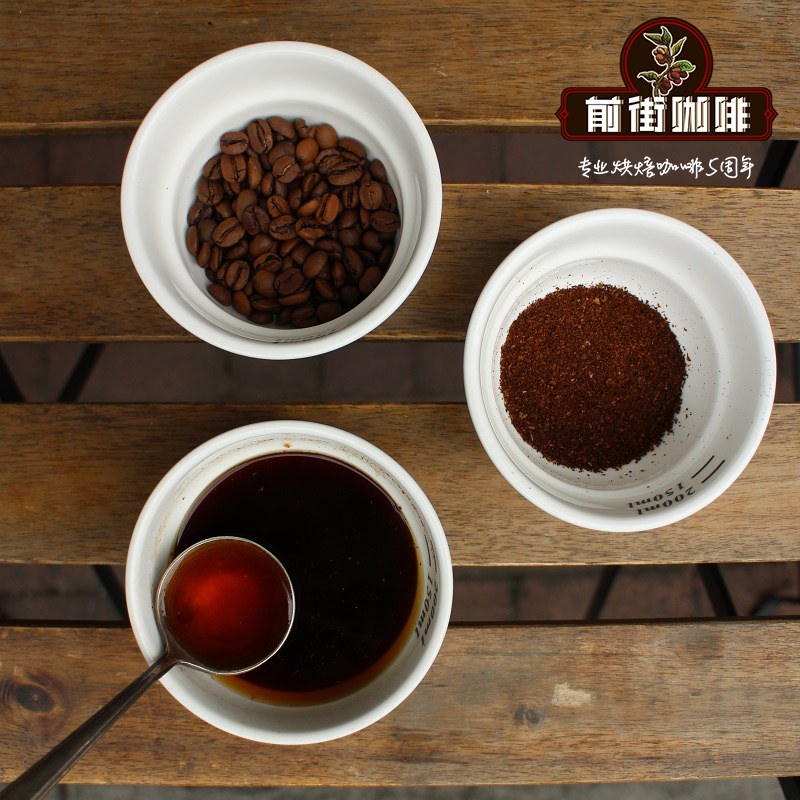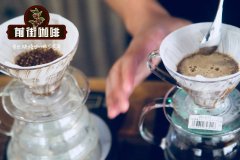Kenya Kamagogo Camago Coffee processing Plant Story _ what is the type of Kenyan coffee?

Professional coffee knowledge exchange More coffee bean information Please pay attention to coffee workshop (Weixin Official Accounts cafe_style)
"Fresh plum candy" Kamagogo Kenya coffee
sweet, sweet-sour candy with a sweet ending
Kamagogo is located in Muran, Kenya. Originally a traditional tea growing area, it has excellent terroir and climate conditions. With the help of CMS (Kenya Local Coffee Organization), it has also begun to produce excellent coffee beans.
Although this is a washed, lightly roasted Kenyan coffee bean, but the acidity is not sharp, but with a plum sugar-like soft sour, cup test can drink grapes, honey, apples, clear and pure flavor, sour and sweet balance like a fruit candy, the end is sweet and long.
The plant is produced by the Kamagogo factory, made from Arabica trees of the SL28 and SL34 varieties of the K28gogo factory and run by the Kamagogo cooperative with 860 members. Despite government coffee policy uncertainty, urban encroachment on premium coffee grounds, and chronic weather instability, challenges remain, and Kenya's renowned coffee auction system and its participating cooperatives continue to produce some of the world's most elegant and unique coffees. The vision of JBC Coffee Roasters is simple: "Let Coffee Lead the Way" by sourcing and roasting the best and most unique coffee and rewarding farmers who grow coffee at high premiums.
Bottom line: Complex, intense, sweet and salty. Concord grape, honey, marjoram, narcissus, aroma and blood orange in the cup. Juicy, attractive acidity; fluffy, syrupy taste. A resonant, long, aromatic palate that continues all the notes and cinnamon spice of the cup.
the story behind
Kamagogo Coffee Factory is located in Kiruini town, in Kiru area of Mathoya Division near Kiruini town. It was founded in 1986 on 9 acres and serves the villages of Mathioya, Umbui and Kagioini. It is currently affiliated with Kiru Farmers Cooperative. It has 860 members, of whom 790 are active farmers and 70 are inactive farmers. The most unique aspect of this factory is that it is located in a traditional tea growing area. Kamagogo Coffee Factory is run by Stephen Ihugo, Plant Manager, and five permanent employees. The area produces biennially, with early harvests from March to May and the end of the second season from October to December.
The plant is receiving assistance from the Coffee Management Service (CMS), whose long-term goal is to increase coffee production through farmer training, input access, workshops on good agricultural practices, and sustainable agriculture manuals updated and distributed annually. They are working to build a transparent, trust-based farmer relationship that helps support Kenya's continued industrial growth while bringing quality coffee roasting and high prices to farmers.
Through the upfront financing they receive, farmers receive advance payments for school fees and agricultural inputs. Plant managers are retrained annually by CMS, in addition to agricultural and agrochemical company heads who provide input to farmers. Demonstration plots are planted at the plant to reinforce best practices taught throughout the year.
A variety of varieties
SL28 was bred from Tanganyika DR by Scott Laboratories in 1931 and is very popular in Kenya and is recognized for various premium cup qualities. It has broad leaves and copper-colored tips. Beans are widespread and relatively low in productivity. Although we cannot confirm this, some sources claim Scott Labs crossed mutations with French Mission, Mocha and Yemen Typica to produce the SL 28 variety. Whatever the exact genetic makeup, their initial goal was almost certainly to create a plant of high quality, reasonable productivity, and excellent drought resistance.
SL 34 is a variant of French Mission, originating from the Loresho plantation in Kabete, SL 34 has wide leaves with bronze tips. It is widely cultivated throughout Kenya. SL 34 is valued for its high productivity over a range of climatic conditions and altitudes. It is also said to be resistant to draught and heavy rainfall.
fermentation process
After harvesting, coffee is transported to a plant and subjected to a wet treatment process, pumping water to storage tanks for pulping and recycling. After pulping, the coffee is stored overnight, washed, steeped and spread while drying on a table. The parchment is then frequently opened to the drying table, sorted and stored while awaiting delivery to the mill.
END
Important Notice :
前街咖啡 FrontStreet Coffee has moved to new addredd:
FrontStreet Coffee Address: 315,Donghua East Road,GuangZhou
Tel:020 38364473
- Prev

Introduction to the flavor characteristics of coffee beans in Starbucks Ken Ya win Zhuoxi Manor _ how to brew Kenyan coffee
Professional coffee knowledge exchange more coffee bean information please follow the coffee workshop (Wechat official account cafe_style) Starbucks Collection Coffee-Kenya Coffee Windrich Manor Starbucks Collection Coffee-Kenya Wyndrich Manor Father's Day afternoon, hand-made Starbucks collection coffee in the office, this bag of coffee was brought back from the Starbucks Coffee Journey Special Show, only 50 grams
- Next

Kenya Mtaro Montaro / Montaro Coffee Manor introduction _ Kenyan boutique coffee brand recommendation
Professional coffee knowledge exchange more information about coffee beans Please follow Coffee Workshop (Wechat official account cafe_style) located in the Republic of Kenya in the Rift Valley of East Africa and is anthropologically considered to be one of the birthplaces of human beings. Except for the plain terrain along the coast, most of the rest of the land is plateau topography above 1500 meters above sea level. The East African Rift Valley has cut the plateau of Kenya into
Related
- Detailed explanation of Jadeite planting Land in Panamanian Jadeite Manor introduction to the grading system of Jadeite competitive bidding, Red bid, Green bid and Rose Summer
- Story of Coffee planting in Brenka region of Costa Rica Stonehenge Manor anaerobic heavy honey treatment of flavor mouth
- What's on the barrel of Blue Mountain Coffee beans?
- Can American coffee also pull flowers? How to use hot American style to pull out a good-looking pattern?
- Can you make a cold extract with coffee beans? What is the right proportion for cold-extracted coffee formula?
- Indonesian PWN Gold Mandrine Coffee Origin Features Flavor How to Chong? Mandolin coffee is American.
- A brief introduction to the flavor characteristics of Brazilian yellow bourbon coffee beans
- What is the effect of different water quality on the flavor of cold-extracted coffee? What kind of water is best for brewing coffee?
- Why do you think of Rose Summer whenever you mention Panamanian coffee?
- Introduction to the characteristics of authentic blue mountain coffee bean producing areas? What is the CIB Coffee Authority in Jamaica?

